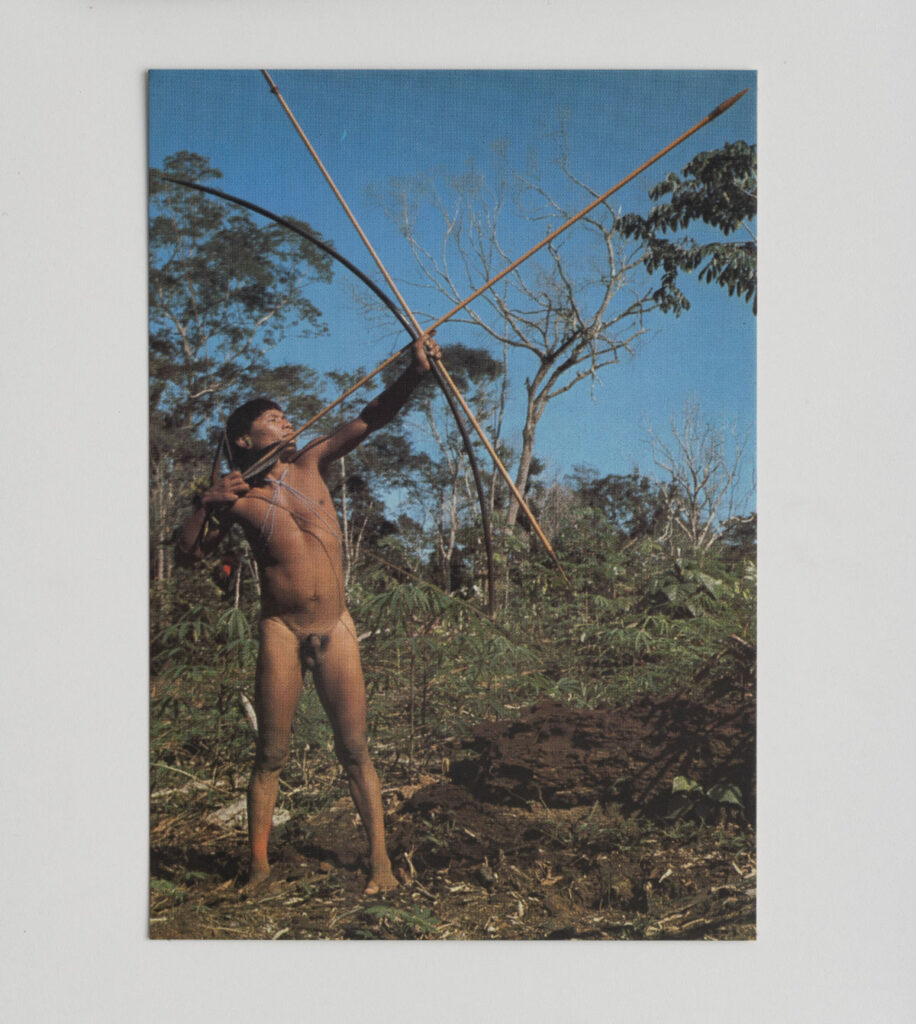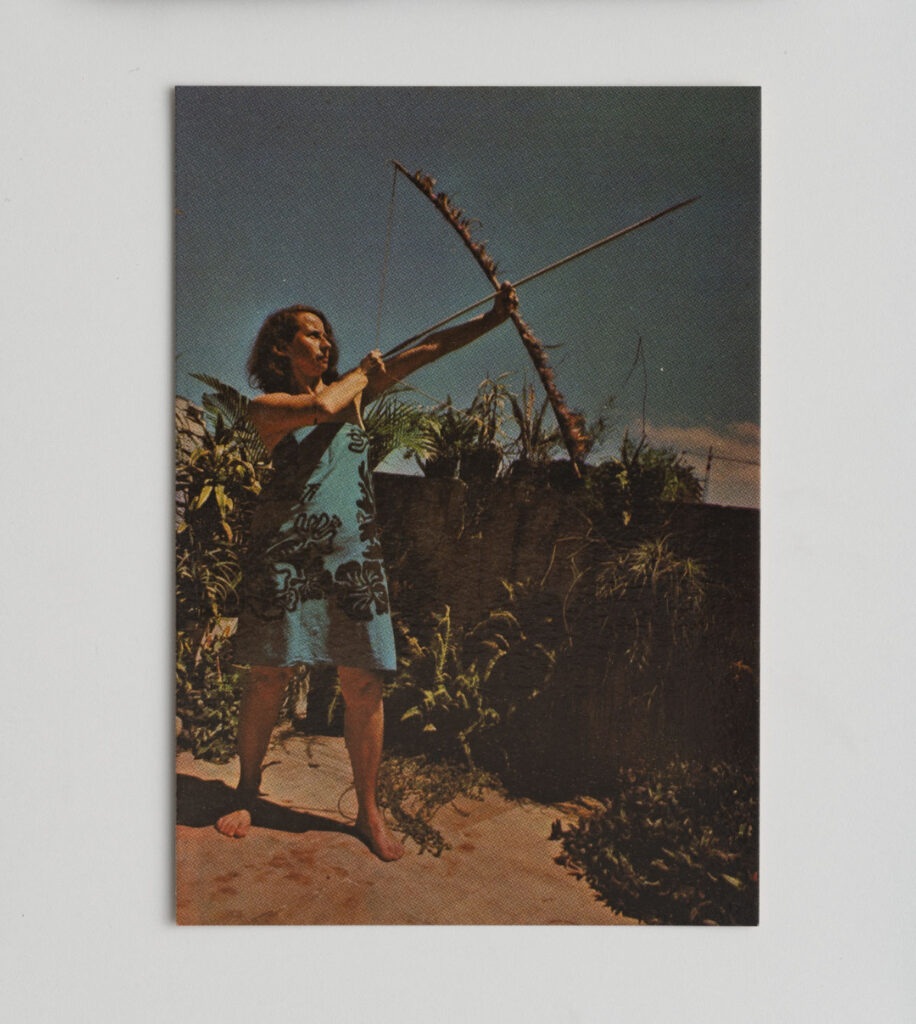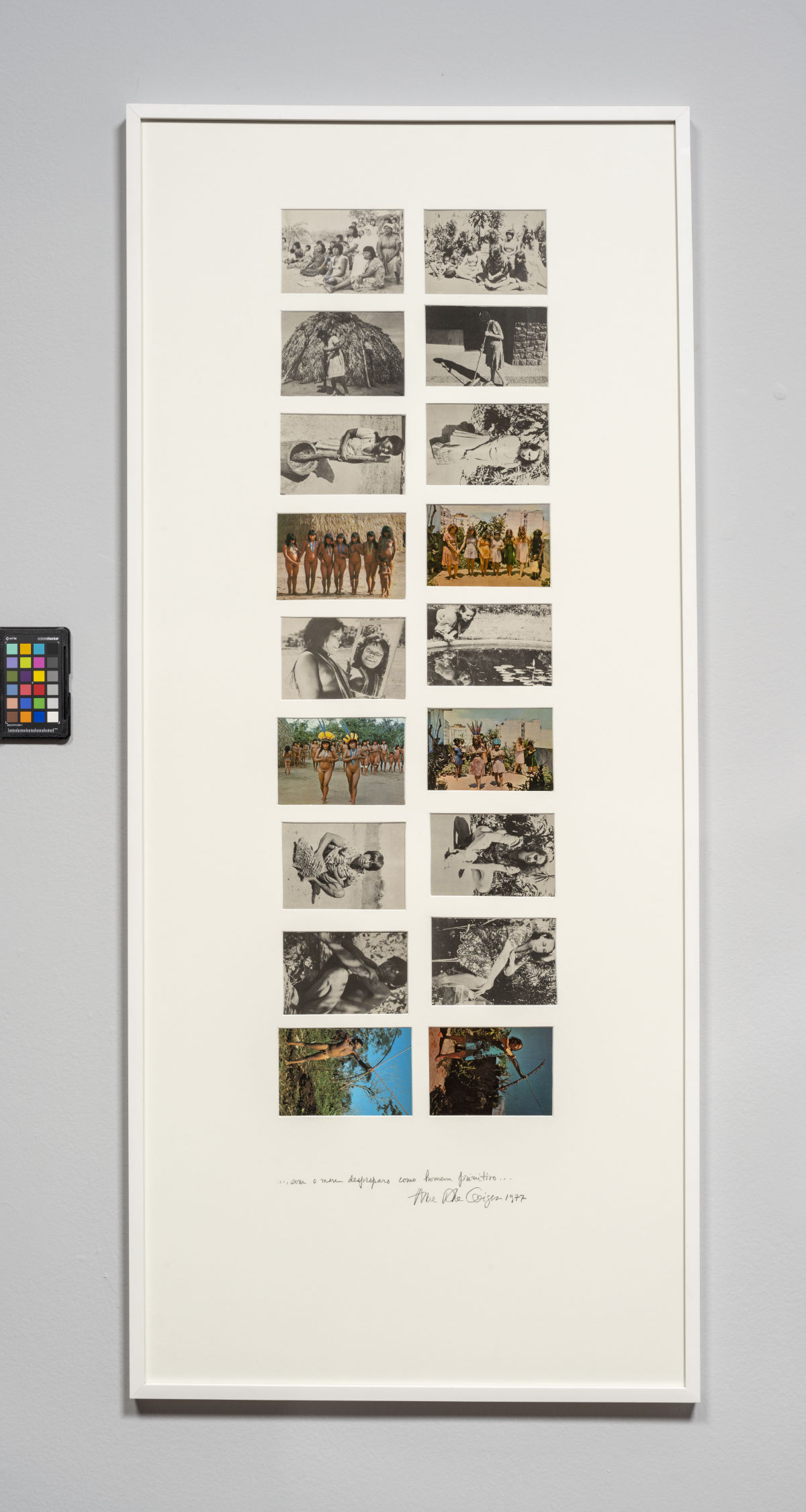Latin Americanism in the arts. From the cold war to contemporaneity
During the early phase of the Cold War, the cultural policy deployed by the Pan-American Union channelled the 19th century Latin Americanism under a hemispheric perspective that abandoned the folklorist gaze towards Latin American artistic practices and highlighted their articulations with the processes of Western modernity. However, the Cuban revolution, the missile crisis and the policy of the Alliance for Progress in the region reactivated inter-American political-cultural tensions and the Latin Americanism assumed in the mid-1960s took an anti-imperialist turn, which resisted the North American presence and favoured a new continental revolutionary utopia that materialised via transatlantic artistic-intellectual networks. The economic and political instability and the weakening of public institutions that characterised the 1970s allowed for the advance of market dynamics in the art scene, and soon the logics of capital took root, operating also in the redefinitions of the Latin American.

1976-1977. Postales en blanco y negro y color. Foto de Luiz Carlos Velho
The international art auction market introduced a special section for Latin American art, and more private galleries emerged specifically dedicated to marketing it. Alongside the multiplication of Latin American exhibitions one could clearly note an intensification of the critical debate on cultural identity that expressed in a multiplication of gatherings, articles in specialised regional as well as foreign magazines, books and special issues devoted to the question. They gave rise to new theoretical approaches that analysed the regional artistic production in relation with its socio-economic and political realities, in several cases adapting proposals by Third World authors. The Havana Biennial in the 1980s consolidated the innovative proposal of a new non-European biennial model, centred on the cultural production of Latin American, African and Asian countries. This dynamic of exchanges led to the redefinition of Latin Americanism with an important aspect becoming its links with developing countries. US interventions in Central America revitalised Cold War tensions and added to the multiplication of street protests by the Latin American community, which had become by then the largest minority in the US. Museum institutions gradually accommodated the new social agendas and began to collect and exhibit Latino art in the United States with the help of multinational capital. The prevailing Latin Americanism of the late 1980s translated into the instrumentalisation of Latin American art and culture for electoral proselytising and the global art market.

1976-1977. Postales en blanco y negro y color. Foto de Luiz Carlos Velho
Multinational corporations, banks and other private capital left their mark on visual arts policies. The models of representation of the Latin American disseminated through blockbuster exhibitions, which were financed by institutions and multinationals from the global North, generated in the early 1990s critical responses from the curatorial field and the art-historic practice in Latin America. Consequently, they exposed the geopolitical and economic uses that Latin Americanism had served and inaugurated the contemporary stage, in which the colonial legacies implicit in the totalising identitarian impulse are reviewed and criticised from a more open, dynamic and fluid conception of the Latin American in the arts.

1976-1977. Postales en blanco y negro y color. Foto de Luiz Carlos Velho
Bibliography
Acha, J. (1979), Arte y sociedad: Latinoamérica. El sistema de producción, Fondo de Cultura Económica, México.
Bayón, D. (1975) (relator), América Latina en sus artes (Serie América latina en su cultura), UNESCO/Siglo XXI, México.
Cancel, L. (1988) (editor), The Latin American Spirit: Art and Artists in the United States, 1920-1970, Bronx Museum of the Arts, Nueva York.
Catlin, S.L. (1966), Art of Latin America since independence, Yale University, New Haven.
Eder, R. (2009 [1987]), «Arte e identidad en América latina», en AAVV, Bienal de La Habana para leer, compilación de textos, Universitat de Valencia, Valencia, pp. 51-60.
García Canclini, N. (1977), Arte popular y sociedad en América Latina, Siglo XXI, México.
Goldman, S. (1994), Dimensions of the Americas: Art and Social Change in Latin America and the United States, University of Chicago Press, Chicago.
Kirstein, L. (1943), The Latin-American collection of the Museum of Modern Art, MoMA, Nueva York.
Morais, F. (1979), Artes plásticas na América Latina: do transe ao transitório, Civilização Brasileira, Rio de Janeiro.
Mosquera, G. (1996), Beyond the fantastic. Contemporary art criticism from Latin America, MIT, Cambridge.
Mosquera, G. (2020), Arte desde América Latina (y otros pulsos globales), Cátedra, Madrid.
Ramírez, M. C., Ybarra Frausto, T. y Olea, H. (eds.) (2012), Resisting Categories: Latin American and/or Latino? Critical Documents of 20th-Century Latin American and Latino Art series, International Center for the Arts of the Americas at the Museum of Fine Arts, Houston.
Richard, N. (1998), «Intersectando Latinoamérica con el Latinoamericanismo: Discurso académico y Critica Cultural», en S. Castro Gómez y E. Mendieta (eds.), Teorías sin disciplina (latinoamericanismo, poscolonialidad y globalización en debate), Miguel Angel Porrúa, México.
Traba, M. (1973), Dos décadas vulnerables en las artes plásticas latinoamericanas, 1950-1970, Siglo XXI, México.
